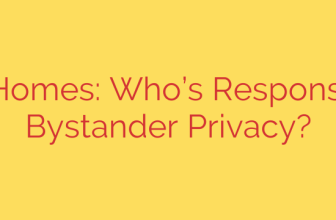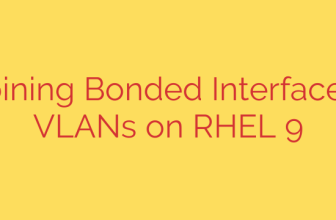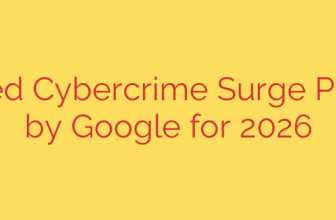
Unlocking the Quantum Internet: How New Software is Connecting the Future of Computing
Quantum computing has long been hailed as a revolutionary technology, promising to solve problems far beyond the reach of even the most powerful supercomputers today. However, a critical challenge has remained: how do you connect these incredibly powerful, yet delicate, machines? Just as the internet connected classical computers to unlock their collective potential, a new frontier is opening in quantum networking—and sophisticated software is leading the charge.
A significant breakthrough is emerging in the form of a comprehensive software stack designed to build the world’s first quantum networks. This isn’t just about connecting one quantum computer to another; it’s about creating a hybrid ecosystem where quantum and classical computing work in harmony.
The Power of a Hybrid Approach
For the foreseeable future, the most practical and powerful computing model will be a hybrid one. Classical computers excel at tasks like data storage, network management, and running standard applications, while quantum computers are uniquely suited for solving specific, highly complex problems in areas like materials science, drug discovery, and financial modeling.
The challenge has been making these two worlds talk to each other efficiently. New networking software acts as the critical bridge, enabling a classical supercomputer to offload a particularly difficult part of a calculation to a quantum processor. The quantum computer solves its piece of the puzzle and sends the result back, allowing the classical machine to complete the overall task.
This hybrid quantum-classical model allows organizations to solve previously unsolvable problems by leveraging quantum power for specific, complex calculations without replacing their existing infrastructure. This approach dramatically accelerates the timeline for achieving a real-world “quantum advantage.”
Building the Foundation for a True Quantum Internet
Connecting quantum processors is the first step toward a much grander vision: a true quantum internet. Such a network would enable capabilities that sound like science fiction today, including:
- Distributed Quantum Computing: Combining the power of multiple, smaller quantum computers to create a single, more powerful virtual quantum machine.
- Enhanced Sensing: Using entangled quantum particles across a network to create sensors with unprecedented accuracy for astronomy, geology, and healthcare.
- Fundamentally Secure Communication: Transmitting information in a way that is theoretically immune to eavesdropping, a cornerstone of next-generation cybersecurity.
One of the biggest hurdles in building this network is that different quantum computers are built using vastly different technologies (e.g., trapped ions, superconducting circuits, photonics). This new software addresses this head-on. It acts as a universal translator, creating a standardized hardware abstraction layer that allows diverse quantum devices to communicate and work together seamlessly.
Accelerating Research with Powerful Simulation
Building and testing physical quantum networks is an incredibly expensive and complex undertaking. To overcome this, the most advanced quantum networking platforms include powerful simulation and emulation tools. Researchers and developers can now design, build, and test virtual quantum networks before a single piece of physical hardware is connected.
These powerful simulation tools are accelerating research and development by allowing for the virtual testing of quantum network protocols and applications. This helps iron out bugs, optimize performance, and prove concepts in a cost-effective digital environment, drastically speeding up the pace of innovation.
What This Means for Cybersecurity and Your Business
The development of quantum computing has profound implications for cybersecurity. A sufficiently powerful quantum computer could theoretically break many of the encryption algorithms that protect our digital data today. This threat has given rise to the field of Post-Quantum Cryptography (PQC).
Quantum networks themselves offer a solution in the form of Quantum Key Distribution (QKD), a communication method that uses the principles of quantum mechanics to create un-hackable encryption keys.
As a forward-thinking security measure, businesses should begin assessing their cryptographic infrastructure now to prepare for a future where quantum computers could break current encryption standards. This process, often called achieving “crypto-agility,” involves inventorying all uses of cryptography and developing a plan to migrate to quantum-resistant algorithms when they become standardized.
While the quantum internet is still in its infancy, the software and hardware foundations are being laid today. This convergence of classical and quantum networking is not just an incremental improvement—it represents a fundamental step toward a new era of computing, discovery, and secure communication.
Source: https://feedpress.me/link/23532/17171390/cisco-quantum-labs-announces-software-that-networks-quantum-computers-together-and-enables-new-classical-applications








